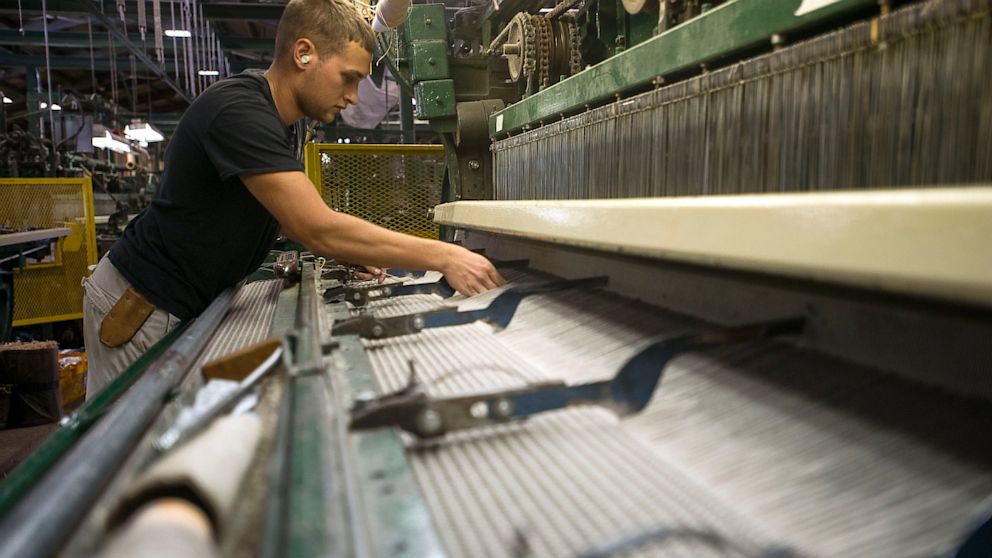August Jobs Report: 169,000 Jobs Added
Another lackluster month for job additions.

Sept. 6, 2013 — -- Job growth in the U.S. is slowing, the Labor Department confirmed today, reporting that 169,000 jobs were added in August as unemployment fell to 7.3 percent.
Economists were expecting a gain of 180,000 jobs, according to a Bloomberg survey. They expected unemployment to stay at 7.4 percent.
Last month, the Bureau of Labor Statistics reported the economy added 162,000 jobs in July. The bureau today revised that figure downward to 104,000 and it lowered the June figure to 172,000 from 188,000.
"Clearly the labor market is losing momentum," said Lindsey M. Piegza, managing director and chief economist at Sterne Agee, pointing out that the unemployment rate decreased for "inorganic reasons" as the labor force participation rate fell to 63.2 percent in August, the lowest since 1978.
The participation rate has fallen by 1.6 percentage points since the beginning of 2010.
"Some of this is due to the aging of the workforce but it reflects a weak labor market," said Stephen Bronars, senior economist at Welch Consulting. "The unemployment rate is declining for all the wrong reasons - people are dropping out of the workforce."
The difference in the unemployment rate between educated workers and workers with less schooling continues to widen. College grads face an unemployment rate of 3.5 percent while the unemployment rate is 11.3 percent for high school dropouts.
"There is some good news that more people are working full-time in August than in July, but generally this was a disappointing jobs report," Bronars said.
Investors watch the jobs report closely because the Federal Reserve has indicated it plans to cut its stimulative bond purchases as the labor markets gain momentum and economy improves.
"This morning's report confirms the opposite," Piegza said. "Labor market conditions remain stagnant at best. Good enough shouldn't be an incentive to taper but on the heels of strong ISM reports and an upward revision to second quarter GDP, if the Fed was looking for an excuse to taper they can find it."
On Tuesday, a report by the Institute for Supply Management, a trade group, said its manufacturing index showed the fastest factory expansion since June 2011. Last week, the Commerce Department reported that real gross domestic product increased at an annual rate of 2.5 percent in the second quarter, higher than the 1.7 percent advance estimate issued in July.
Boston College economics professor Robert Murphy said the jobs report is not likely to change the consensus that has developed concerning the Fed tapering back later this month on its bond buying program. Other recent data, such as auto sales reaching post-recession highs, indicates the employment report for August is unlikely to change the dynamic toward a gradual exit by the Fed from its stimulus, Murphy said.
Meanwhile, the number of Americans applying for unemployment benefits is near a five-year low, according to the Labor Department's jobless claims report on Thursday.
Private payroll provider ADP said businesses added 176,000 jobs last month, a drop from its figures in June and July.




